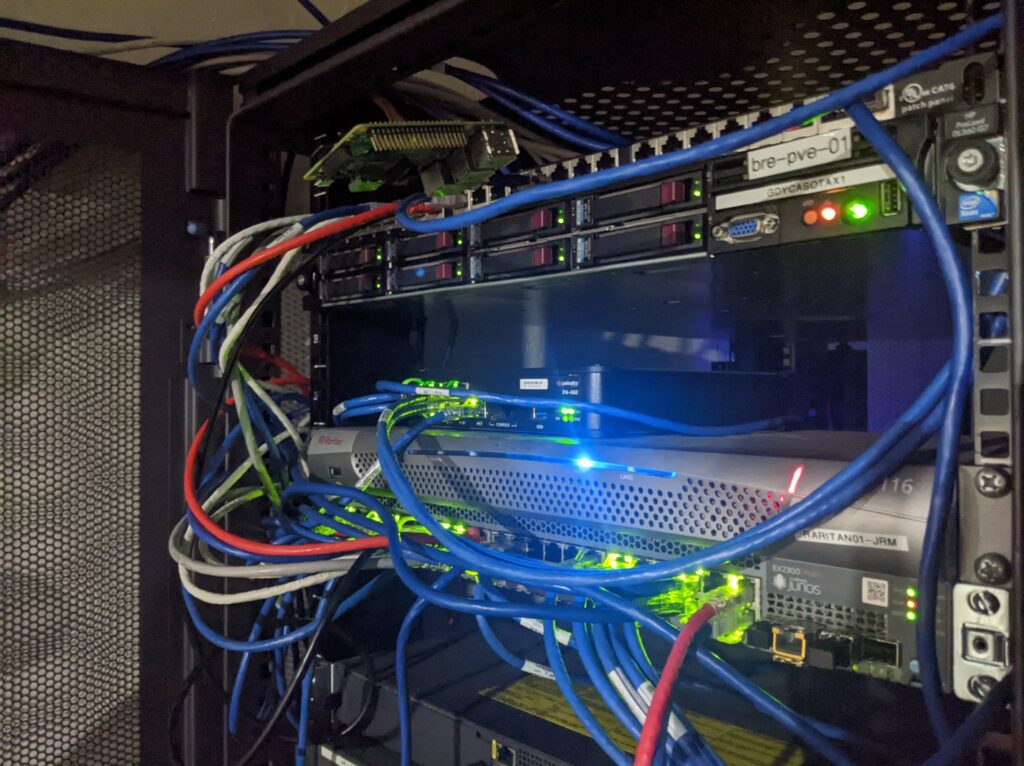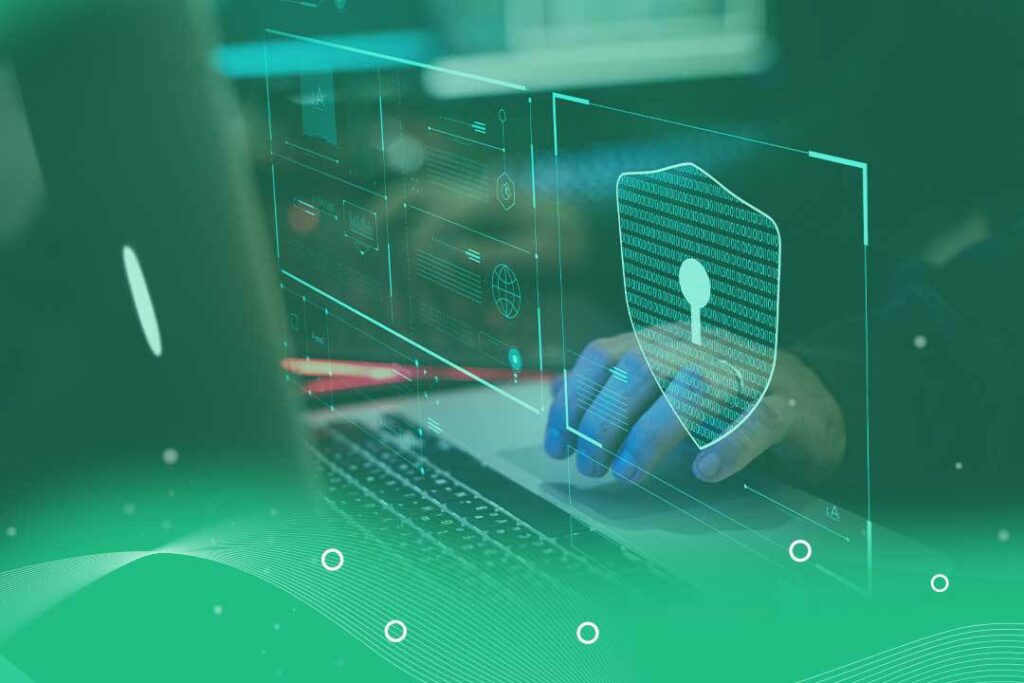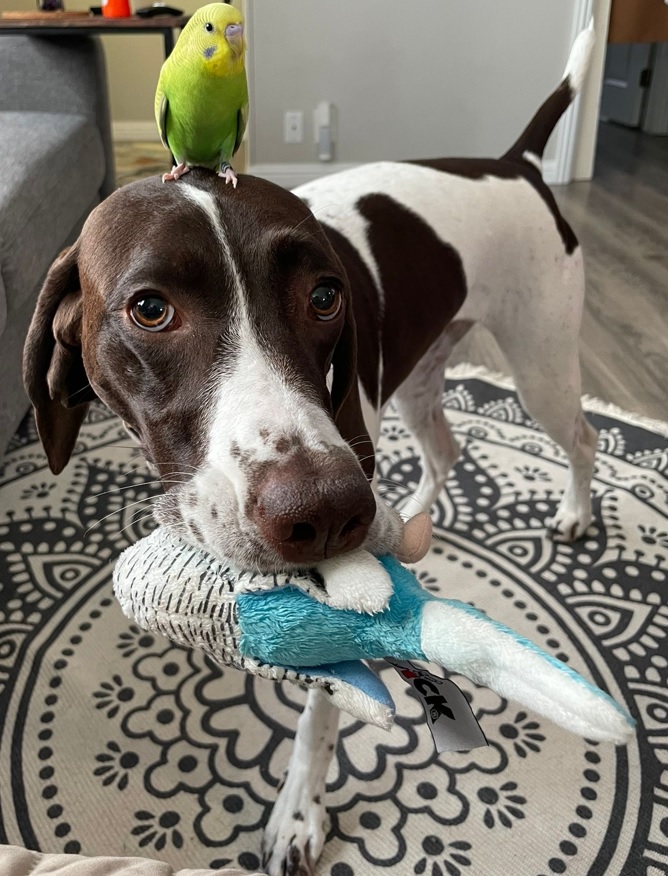The 80/20 Rule
If you’re not familiar with the 80/20 rule, people usually site it to say that 80% of x is covered by 20% of y.
In this blog post, I’m trying to give you the 20% of knowledge that is necessary to do 80% of the work required of a network engineer. I got the idea to make this because one of my engineers was trying to learn BGP. There’s just so much knowledge out there that he wasn’t sure where to start even googling. You can use this as a reference to determine what you need to learn, or at the very least just give you the confidence to overcome imposter syndrome.

A lot of these things are topics I usually ask during network engineer interviews as well. I’ve had to expand it beyond that because it’s pretty safe to assume you know some things if you know other things. For example, I’m not going to bother asking if you know how VLANs work if you can tell me in detail how STP works. If you really wanted to, you can use this as a study guide for getting a job at e-Mayhem as a network engineer lol. Feel free to let me know if there’s anything in here you think is critical and that I’ve missed.
Textbook Knowledge

Going in, I thought a lot of this would be useless, but I’m surprised how often they come up.
- OSI Model
- What it is.
- What Layers 1-4 and 7 are. (Nobody seems to care if you miss 5 and 6. They usually don’t come up too often).
- How to use it for troubleshooting an issue.
Layer 2
- Spanning Tree Protocol
- How it functions.
- Why it’s necessary to prevent loops.
- Why switching loops are bad.
- That there’s different version of STP.
- Don’t need to have all the versions memorized, just know that they exist and that you’ll need to be aware of what version you’re using. You’ll need to be conscious of how that acts in your environment.
- What is the root bridge and how is it elected.
- Trunk vs Access Port
- Tagged vs untagged frames if you’re multi-vendor.
- VLANs
- What are they and how are they helpful.
Layer 3
- Subnetting
- What’s a subnet mask.
- What’s the purpose of a default gateway?
- Routing
- Static Routes
- How do they work.
- How a route builds its FIB.
- Routing protocol → Route table → FIB
- How routes are chosen.
- Static Routes
Routing Protocols
You only need to learn the ones in your environment. If you have multiple in your environment, you also need to read into route redistribution from between protocols and how that can cause problems.
- BGP
- How to form neighbor relationships.
- How to advertise routes.
- How to apply prefix lists and route-maps to manipulate advertised and received routes.
- BGP patch selection
- Look into the BGP metrics and how they function.
- Only really need to know the first 4 in most cases, but it’s good to skim the rest for awareness.
- OSPF
- How to form neighbor relationships.
- How to advertise routes.
- How to manipulate routes.
- OSPF areas
- What makes area 0 special.
- Why areas are necessary in OSP.
- What’s an ABR.
- What’s the role of the DR/BDR and what it does
- DR – Designated Router
- BDR – Backup Designated Router
- EIGRP
- How to form neighbor relationships.
- How to advertise routes.
- How to manipulate routes.
- That EIGRP is Cisco proprietary.

Firewall Stuff
- Access lists
- The main components of an access list.
- How an access list is read.
- The implicit deny on the bottom.
- How to build and troubleshoot a S2S VPN tunnel.
- How NAT works.
- Need to be aware of the specific filtering flow for the firewall in your environment.
- Example: This is Palo Alto’s

Soft Skills
- Typical change control processes, can reference ITIL.
- Risk Management
- Assessing risk and mitigating it.
- Having a rollback plan.
- Assessing risk and mitigating it.
Conclusion
Thank you for checking this out. Hopefully this blog post gave you a sort of checklist/study guide of things that would be beneficial/necessary to learn if you are trying to be a network engineer, or if you are one and just need that extra little push to shore up your skillset and become a better engineer! If you had any comments, questions, or just wanted to share your thoughts on this article, you can contact me at blog@e-mayhem.com
e-Mayhem helps companies successfully deliver business projects. We also help companies avoid losses associated with IT disruptions and security threats. You can learn more about our services at e-mayhem.com or by emailing sales@e-mayhem.com



Comments are closed